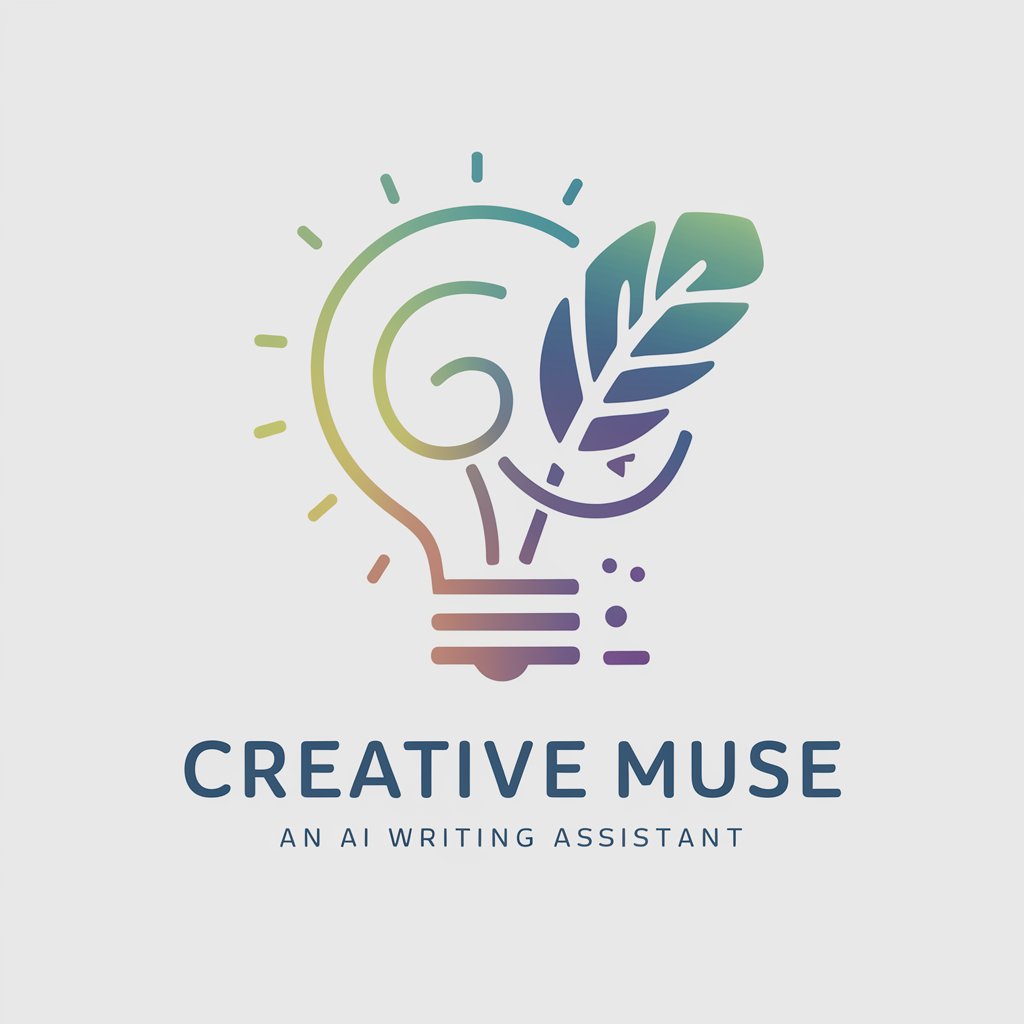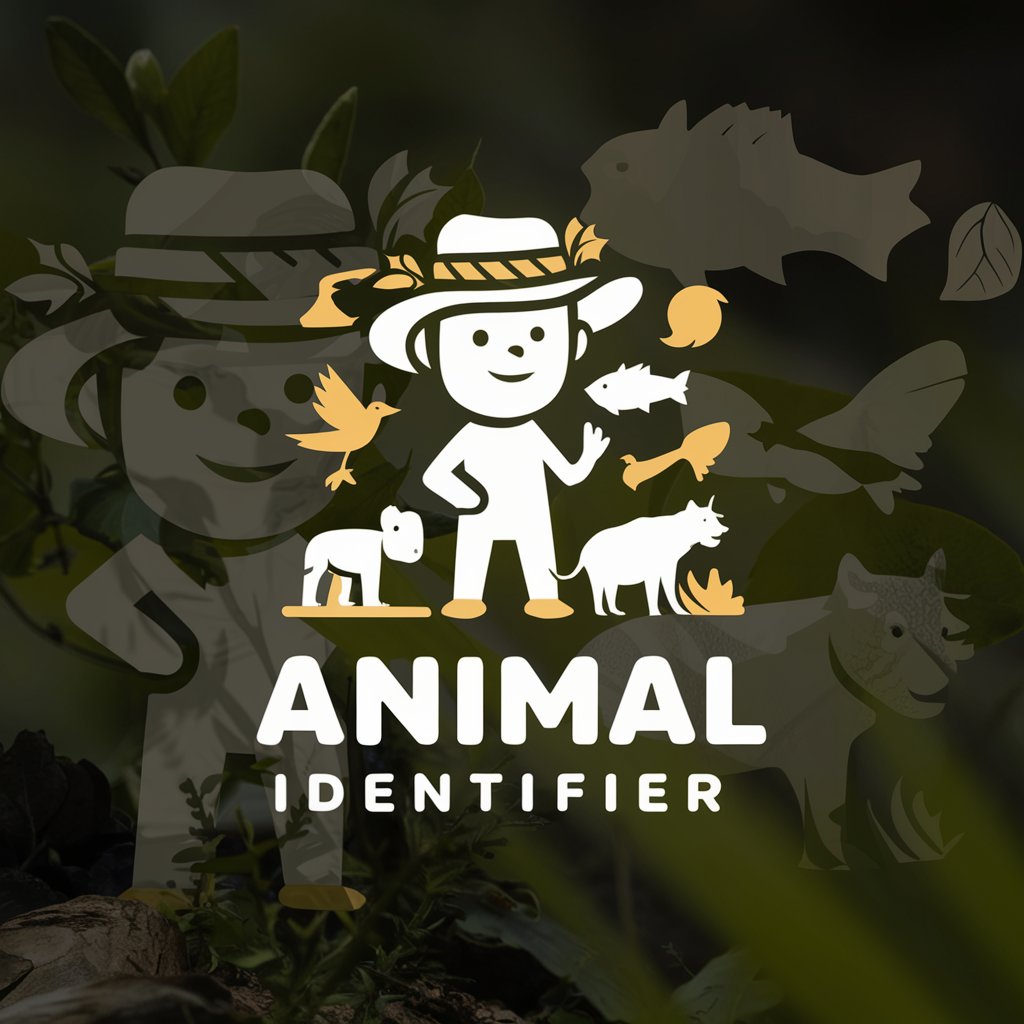UX & UI - UX & UI Design Insights

Welcome to your UI/UX design assistant.
Empowering design through AI
How can I enhance the accessibility of my application interface?
What are the best practices for creating a user-friendly navigation system?
How do I design an intuitive and visually appealing dashboard?
What techniques can I use to improve the usability of my mobile app?
Get Embed Code
Understanding UX & UI
UX (User Experience) and UI (User Interface) are crucial aspects of product design, focusing on the usability and aesthetic aspects of products, respectively. UX design involves optimizing the overall experience of using a product, ensuring it's meaningful and accessible. Examples include simplifying the checkout process on an e-commerce site to minimize user frustration. UI design, on the other hand, concentrates on the product's look and feel, including button styles, typography, and color schemes. An example is designing an app interface that's intuitive and visually appealing. Powered by ChatGPT-4o。

Core Functions of UX & UI
Usability Testing
Example
Conducting user interviews to evaluate a product's usability.
Scenario
Identifying pain points in an app's navigation to improve user satisfaction.
Interactive Design
Example
Creating responsive buttons and transitions.
Scenario
Enhancing user engagement on a website by implementing interactive elements.
Visual Design
Example
Developing a cohesive color scheme and typography set.
Scenario
Rebranding a mobile application to align with new visual identity guidelines.
Who Benefits from UX & UI?
Product Managers
Seeking to align product development with user needs and business goals.
Developers
Looking for clear, implementable design specifications to create functional, aesthetically pleasing products.
End Users
Benefiting from intuitive, accessible, and visually appealing products.

Steps for Utilizing UX & UI
Start Your Journey
Begin by accessing yeschat.ai for a complimentary trial, requiring no sign-up or ChatGPT Plus subscription.
Identify Objectives
Clearly define your UX & UI objectives. Whether improving navigation, enhancing visual design, or optimizing user flow, understanding your goals is crucial.
Analyze Current UX & UI
Examine your current application's interface and user experience. Identify areas for improvement by gathering user feedback or conducting usability tests.
Apply UX & UI Principles
Implement design changes based on UX & UI best practices. Focus on simplicity, consistency, and intuitive navigation to enhance user satisfaction.
Iterate and Refine
Use feedback and analytics to refine your design. Continuous iteration ensures your application evolves with user needs and preferences.
Try other advanced and practical GPTs
Eurostat Explorer
AI-Powered European Statistics at Your Fingertips

AI CEO
Empowering Your Business Decisions with AI

葛城ミサト
Personalized AI Conversations with Character

GM Assistant
Empower your game with AI creativity

Gengle
Reconnect, Rebuild, Thrive with AI

Creative Muse
Ignite Your Creativity with AI

AI Blood Center Finder - Save Lives, Donate Blood!
Find & Donate Blood, Powered by AI

BookGPT
Distilling Knowledge, Sparking Ideas

Animal Identifier
Discover Animals with AI

GiftGPT
AI-Powered Personalized Gifting

Restaurant Scout AI 🍽️
Discover dining, powered by AI

Canadian tutor
Master Canadian Languages with AI

Frequently Asked Questions about UX & UI
What is the difference between UX and UI?
UX design focuses on the overall feel and experience of using a product, while UI design is about the visual and interactive elements that facilitate this experience.
Why is UX & UI important?
Good UX & UI improve user satisfaction, enhance usability, and ensure the product meets user needs, leading to increased engagement and success for digital products.
How often should I update my UX & UI?
Regular updates are essential to adapt to user feedback and evolving technology. However, the frequency depends on user needs, technological changes, and industry standards.
Can UX & UI design improve conversion rates?
Absolutely. By optimizing the user journey and making interfaces more intuitive and appealing, UX & UI design can significantly increase conversion rates and user retention.
What tools are used for UX & UI design?
Designers use a range of tools, including Sketch, Adobe XD, Figma for UI design, and Axure, InVision, and Balsamiq for UX prototyping and testing.
